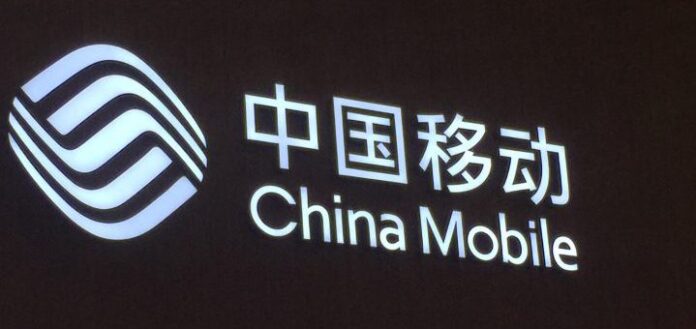The trial combined three component carriers across 5G FDD spectrum (30MHz of 700MHz/n28) and 5G TDD spectrum (100+60MHz of 2.6GHz/n41)
China Mobile, with partners Nokia and MediaTek, has claimed verification of the world’s first 3 Components (3CC) Carrier Aggregation (CA) technology in a test that took place in Shanghai, China and reached a new record of approximately 3Gbps in peak user downlink throughput. The trial combined three component carriers across 5G FDD spectrum (30MHz of 700MHz/n28) and 5G TDD spectrum (100+60MHz of 2.6GHz/n41).
CA allows operators to use multiple sub-6 GHz spectrum channels simultaneously, which increases the bandwidth and speeds of their 5G networks. And as this trial showed, combining 5G FDD and TDD bands can enhance the performance of 5G networks even further.
FDD, or Frequency Division Duplex, and TDD, or Time Division Duplex, are two different spectrum usage techniques employed by mobile operators. While FDD uses separate frequencies for the uplink and the downlink, TDD uses a single frequency for both uplink and downlink, and therefore, they transmit at different times, making it more suitable when paired spectrum is not available. In general, FDD is considered better for coverage, while TDD is better for capacity.
FDD/TDD carrier aggregation for 5G, therefore, can create a sort of goldilocks situation, in which the high-band TDD coverage area can be improved by combining TDD with low-band FDD spectrum, and the TDD spectrum can significantly improve the overall downlink throughput.
The carrier aggregation trial utilized Nokia’s AirScale 5G baseband and MediaTek’s Dimensity 9000 5G flagship mobile platform on China Mobile’s network, and represents the first time the n28 (700MHz band; 30MHz) and n41 (2.6GHz band; 100+60MHz) frequency bands have been successfully combined to reach 190Mhz bandwidth (n28 + n41) with carrier aggregation technology.
Ding Haiyu, vice president of China Mobile Research Institute (CMRI), commented that the carrier is “committed to building a 5G multi-frequency collaborative network” adding that the CA verification “can provide users with better throughput and user experience, and provide good technical foundations for new services.”

